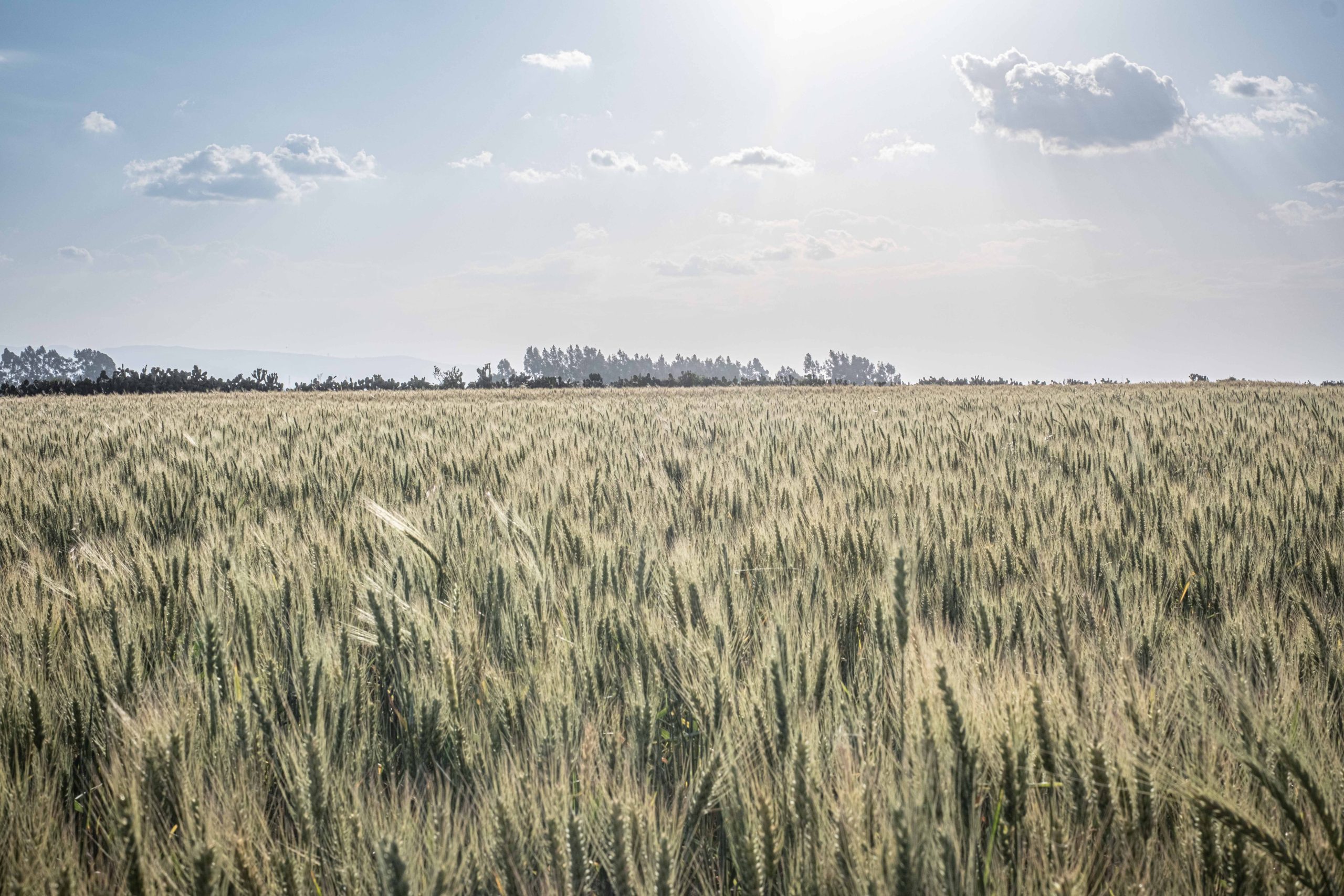Ethiopia 2025 – The Newlines Magazine, Jesus
From subsistence to export monoculture: the environmental and social cost of Ethiopia’s new agricultural frontier.
Ethiopia is the second most populous country in Africa, a nation historically rooted in agriculture—and scarred by famine and food insecurity. From the imperial era’s feudal land regime to the Derg’s collectivisation and early attempts at mechanisation, the promise of food security has always remained elusive.
For most of its farmers, agriculture still means subsistence, despite the sustainable cultivation of legumes and endemic cereals such as Teff: no machinery, no capital, too vulnerable to climate shocks like droughts and floods, to internal conflicts that displace communities and destroy infrastructure, and to macroeconomic pressures such as inflation and poverty. Agriculture is both Ethiopia’s backbone and one of its vulnerabilities.
Since 2019, the Ethiopian government has launched a state-led programme of agricultural modernisation, betting heavily on wheat. In just five years, Ethiopia claims to have moved from importing a quarter of its wheat to achieving self-sufficiency—and even producing a surplus for export. Even if independent analyses suggest the government’s narrative is overstated. What is clear is that wheat production has indeed grown.
At the heart of this strategy are cluster farms: groups of smallholder farmers turned shareholders in large, mechanised fields. Pooling resources, they can afford machinery, fertilizer, pesticides and heat-resistant seeds provided with state support. Taxes on imported equipment are waived; irrigation networks expanded; vast new tracts of land converted to wheat.
If managed with a long-term vision that balances productivity with ecological limits, the cluster farm model holds potential. But when the sole goal is to maximise yields through monoculture, genetically modified seeds and heavy chemical inputs, the risk is that the apparent progress turns against itself. Over time, soils may lose fertility, wheat varieties may become more vulnerable and of poorer quality, and pollution from excessive agrochemicals could undermine the very resilience the strategy is meant to secure.
In the fertile regions of Arsi and Bale, often called Ethiopia’s breadbasket, farmers told mixed stories. Some are grateful for inclusion in cluster farms, others feel excluded. All, however, have become dependent on heavy use of chemicals—production costs far outpacing market prices.
At the same time, international aid cuts reveal how fragile the system remains. USAID’s suspension of food assistance has severely disrupted life-saving programmes for millions of children and women. The World Food Programme reports running out of funds, halting or cutting aid as malnutrition reaches emergency levels in some regions.
Yet there are alternatives: in Bale, a small initiative led by Angelo and Sirio is reviving Ethiopia’s endemic wheat varieties and experimenting with organic fertilisers. It is a reminder that modernisation can—and perhaps must—take another route, one that values resilience as much as productivity.
An in-depth journalistic project, produced together with journalist and researcher Arianna Poletti.






















